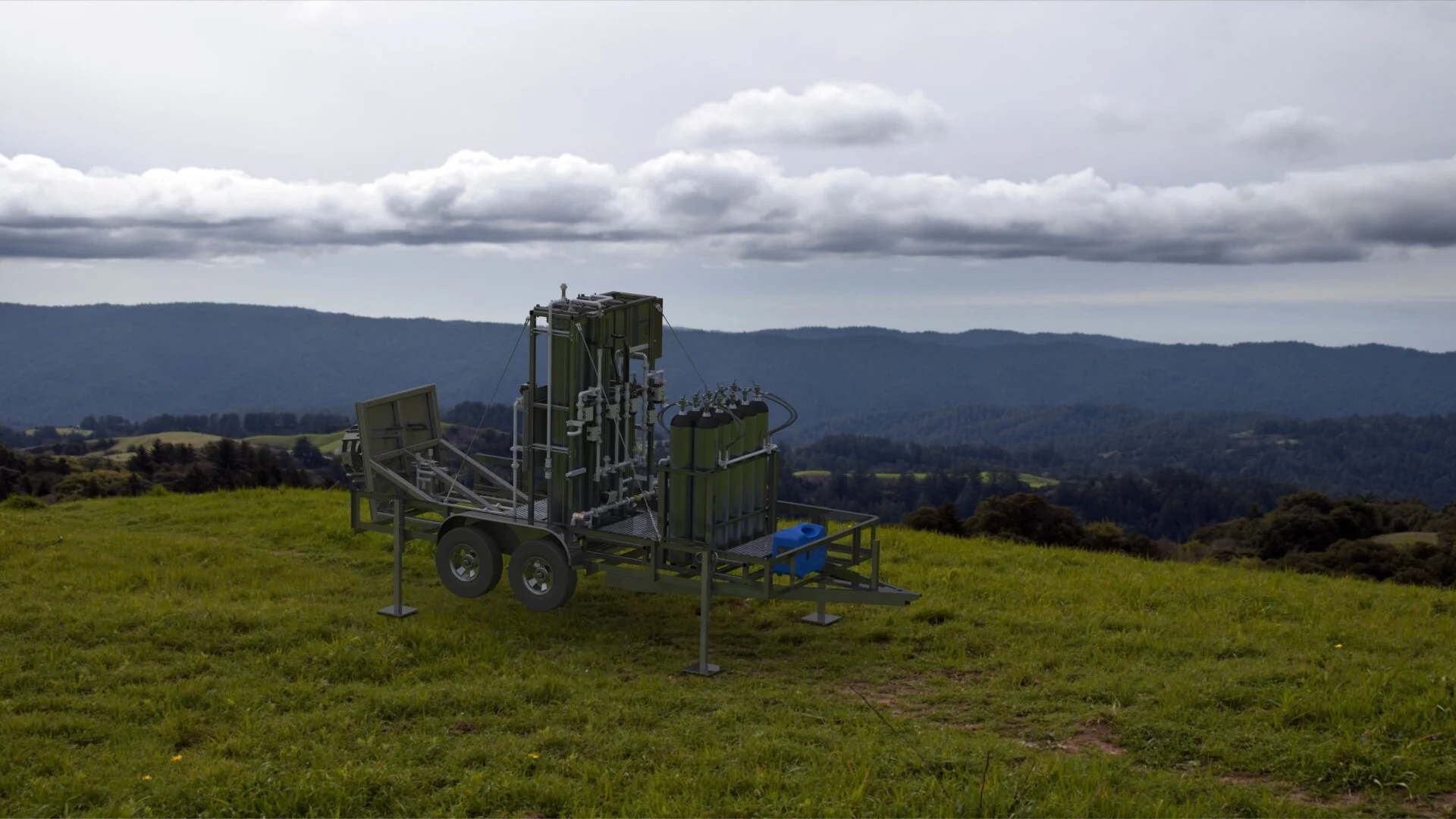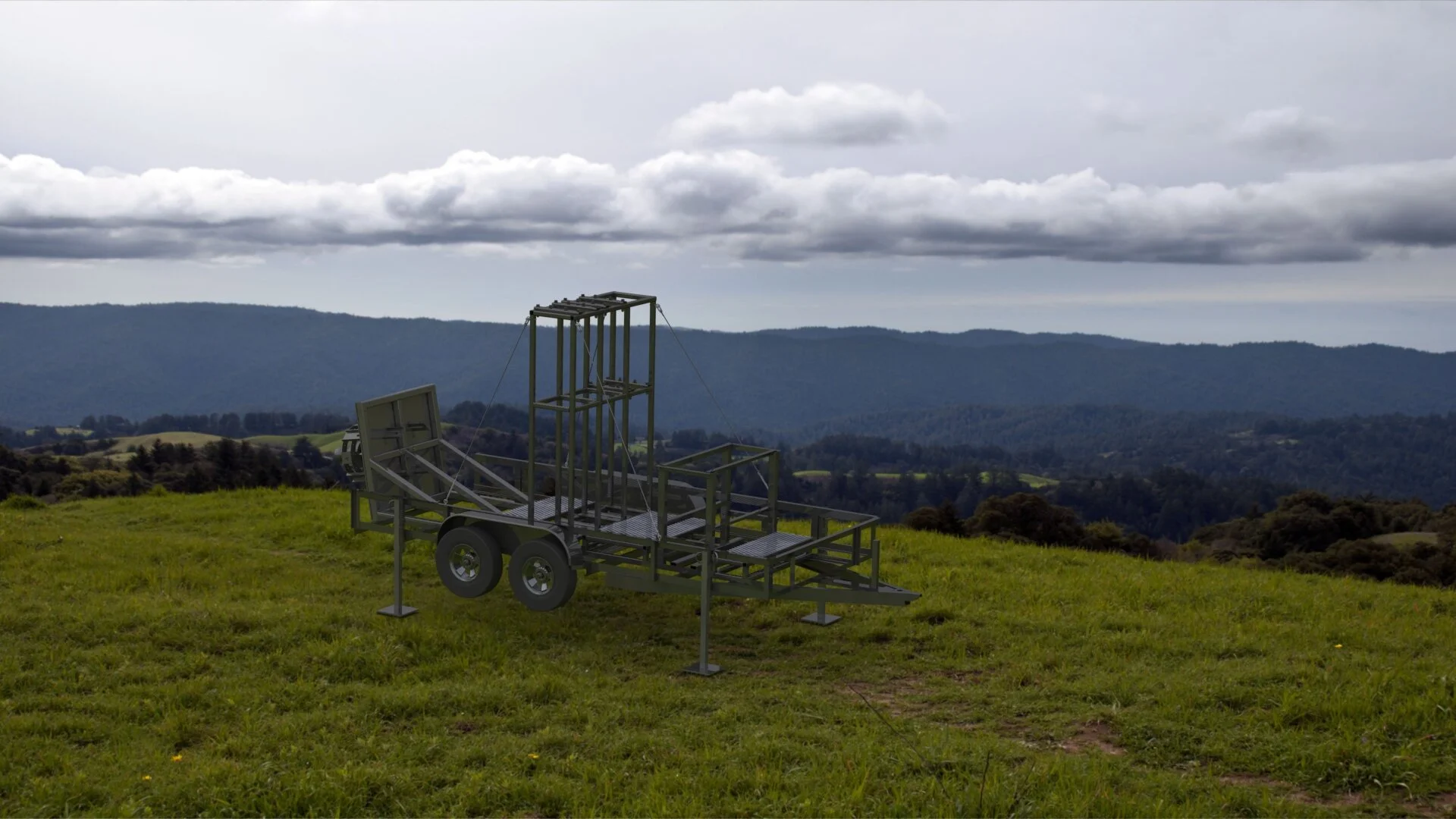Liquid Rocketry Lab
Liquid Rocketry Lab (LRL) is a 501(c)(3) student organization at North Carolina State University. Our objective is to design and build a liquid propellant rocket to reach an apogee of 100km; The Karman Line, which is internationally recognized as the edge of space. At LRL worked as the Lead Structures Engineer and Vice President of Structures Engineering. In my position I managed a team of 9 in the development of a variety of systems. At a high level these systems include; Guidance navigation and control hardware, airframe, recovery system, pressure vessels, and the nosecone. My personal project for the rocket was preliminary development of the rockets composite overwrapped pressure vessels (COPVs) . These COPVs include propellant tanks and because the rockets engine is pressure fed, the pressurant tank. I currently act as a mentor to the team and assist them however I am able!
As the lead structures engineer I was responsible for grand scope project planning and direction of implementation. Though I had 9 direct reports, I tried to manage in a style that put everyone on the structures team at the same level. This allowed me to develop long term plans and offer assistance with problem solving when people are stuck, while allowing for my coworkers to take ownership of the projects they were working on. I feel that encouraging autonomy not only provides motivation, but also ensures that individuals on a team feel valued. Additionally, encouraging teammates to dive into projects allowed them to become experts in the systems they managed. Eventually these experts were promoted to Principal Engineers in charge of managing their own tactical teams formed with new members to the organization. Because LRL is primarily a student organization, this management structure allows for project ownership while preventing information from leaving with graduating students.
Earlier projects in my tenure primarily focused on design, documentation, validation, and fabrication of the structural components for a full duration rocket engine test stand. This test stand is fully mobile. Weighing in at around 10,000 lb, the stand is designed for use with a 3000 lbf thrust, RP-1 fueled, HTP oxidized pressure fed engine. Unfortunately, North Carolina State University took away the ability for student organizations to run their own machine shops, so the work had to be outsourced for fabrication. Luckily this gave my team and I the experience of documenting a large assembly to be fabricated elsewhere. this gave me experience working with outsourcing of manufacturing and collaborating with an off site shop.
Test Stand
The test stand is a fully mobile platform for engine static fire testing. Back pressurized with nitrogen, the test stand has enough pressurant and propellent capacity for a 100 second full duration burn. The structure has been designed to remain rigid under full engine thrust loading with a safety factor of three or greater. It has also been designed to withstand all reasonable road loads including vibration and emergency stopping. A 3D model can be seen below, followed by renderings. Click on the rendered image to change to a view that shows only structures components for which I oversaw and assisted in the manufacturing of.
Click to toggle between views
Composite Overwrapped Pressure Vessel (COPV) Design
The design of the composite overwrapped pressure vessels acted as my master’s thesis and was a big enough project that it definitely deserves its own page. Click the button below!


